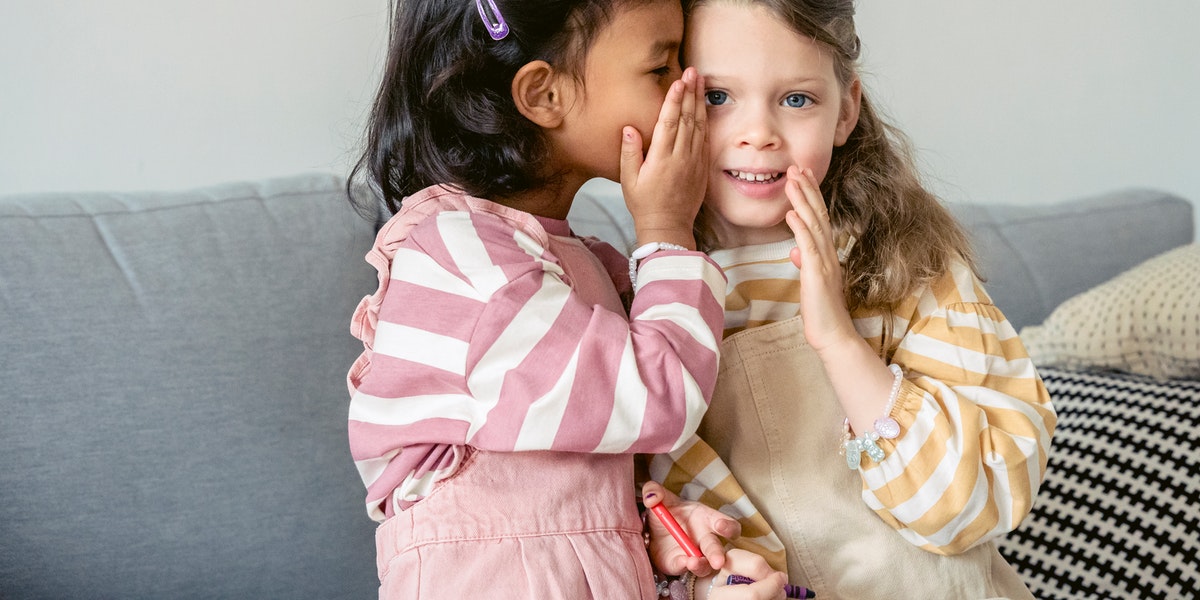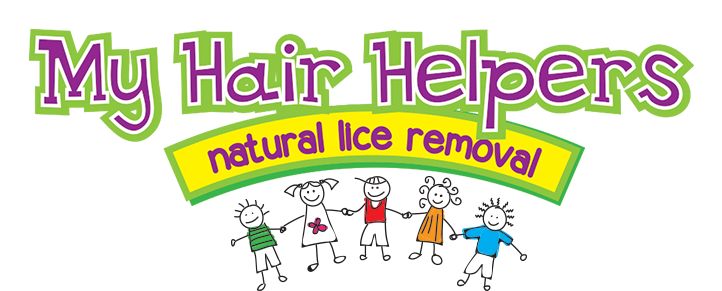Head lice are parasites that feed on blood from the human scalp. They need this type of blood to survive. Without a host, lice can only live for about one to two days. While lice are a nuisance, they don’t pose a threat to human health like body lice can.
A problem with head lice is that they are becoming resistant to the ingredients found in over-the-counter head lice treatments. Common lice infestations were once treated with ingredients like permethrin and pyrethrin, and now they are far less effective.
That said, permethrin and pyrethrin are both insecticides that can be hazardous to human health. Children, in particular, are vulnerable to their effects and can suffer nose, throat and lung irritation. Fortunately, there are safer alternatives to treating super lice.
Let’s learn more about super lice and the best ways to treat these stubborn parasites.
What are Super Lice?
Just about all the lice out there today are super lice. While you might think that these lice look different, they have no distinguishing characteristics from traditional lice. Instead, they are identified by their resistance to common head lice treatments.
A 2016 study found that super lice have spread to 48 states. If your child has head lice at the moment, or has had head lice recently, it’s very likely that what you are dealing with are super lice. It’s believed that super lice have evolved because treatments are being administered incorrectly and lice are being over-diagnosed.
What are the Symptoms of Super Lice?
Super lice have the same symptoms as normal lice. Usually, the first sign that people notice is itching. But not everyone experiences itching, so it’s important to be aware of other signs and symptoms such as:
- Tickling sensation in the hair
- Presence of nits and lice
- Red bumps on the scalp, neck and shoulders
- Irritability from not sleeping
How to Treat Super Lice
Traditional head lice treatment products contain permethrin and pyrethrin. But these ingredients do not work on super lice. Doctors are now recommending even stronger medications to treat super lice, but they aren’t necessary.
Super lice can be effectively treated using dimethicone lice oil. Dimethicone is a common ingredient found in cosmetic products. It’s safe and approved by the FDA. You can purchase dimethicone-based products from My Hair Helpers. Our products are safe for all ages – even newborns!
If your child has head lice, it’s possible that you’re facing super lice. Count on My Hair Helpers to stop lice in their tracks! You can quickly kill super lice without having to expose your child to harmful toxins.


